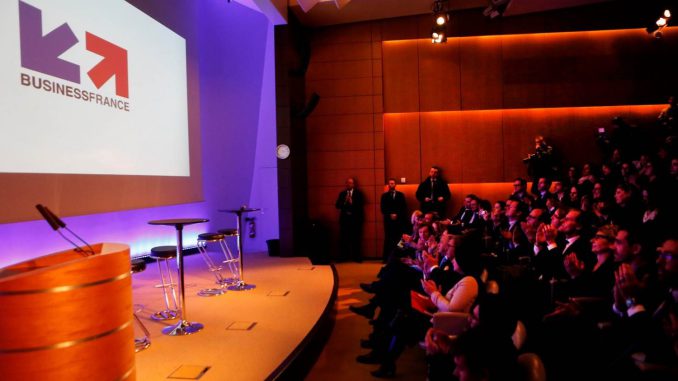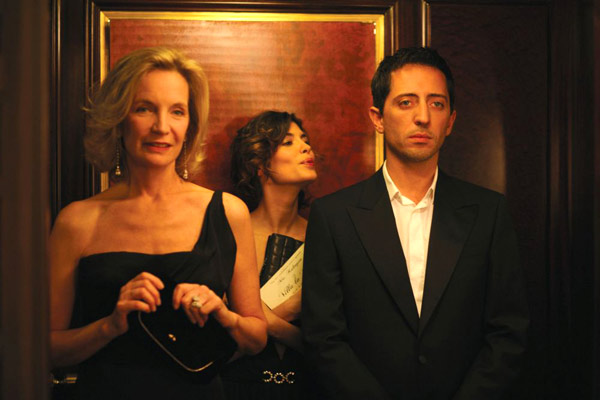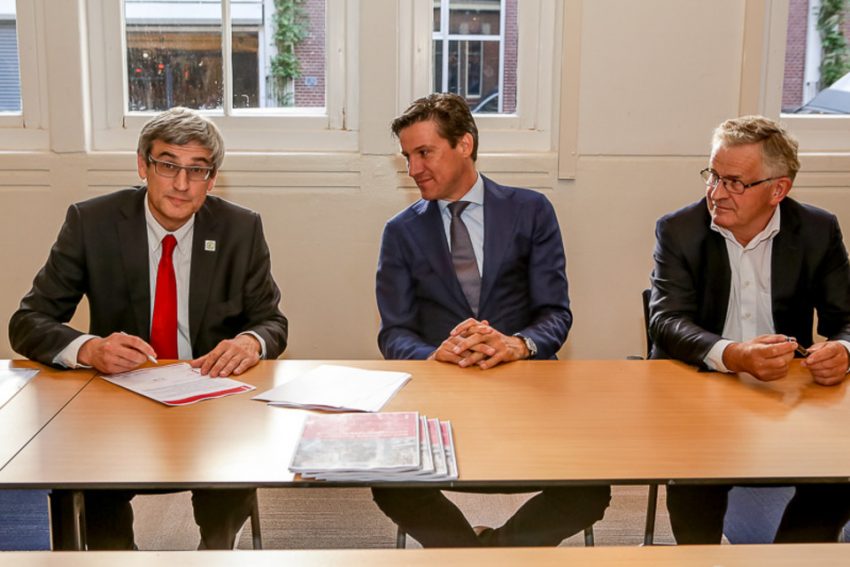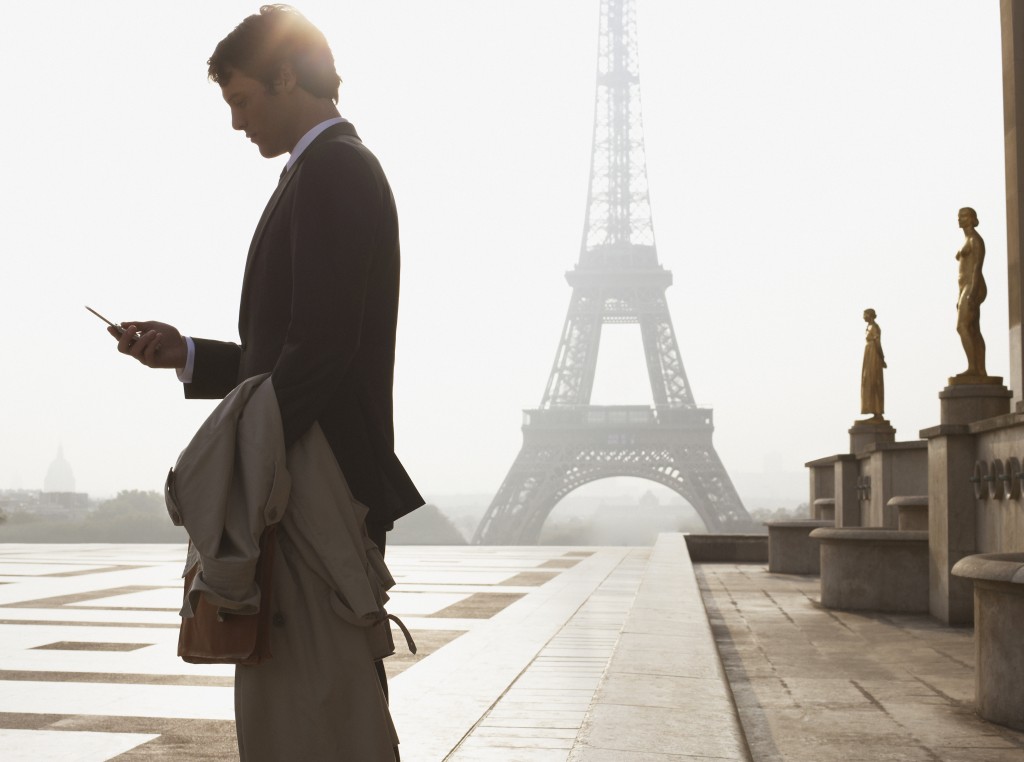
France is one of the most modern and highly-developed countries in the world, with one of the largest economies, and is a leader among European nations. While France continues to be proud of its rich history and independence, French leaders are increasingly seeking to tie the future of France to the continued development of the European Union.
France has a surface area of over 550,000 km2 (215,000 miles2), including overseas territories. This makes it the largest country in Western Europe. Due to its overseas departments and territories scattered worldwide, France possesses one of the largest Exclusive Economic Zones (EEZ) in the world, covering over 11,035,000 km2 (4,260,000 miles2).
It lies on the western edge of the continent of Europe and shares its borders with six neighbouring countries: Belgium and Luxembourg to the north; Germany and Switzerland to the east; Italy to the south-east and Spain to the south-west. The geographical position of France gives the country two salient advantages. On the one hand, partly due to its excellent communications network, it is a crossroads at the heart of the European Union. It is linked to the east by the vast industrial and urban area stretching from the mouth of the Rhine, which forms the border with Germany, and to the plains of the Po River in the north-west. On the other hand it is within easy reach of the industrial centres of the United Kingdom and to the south it forms an integral part of the Mediterranean arc running from Catalonia to central Italy. The French coastline provides access by sea to Northern Europe, America and Africa via the North Sea, the Atlantic Ocean and the Mediterranean, which are amongst the world’s busiest waterways.
France has one of the highest populations in the European Union in 2013 it was over 65 million people. This number includes over 4 million foreign residents and immigrants who live in France.
French is the national language of France and is highly regarded as a symbol of the culture. The people of France generally prefer to speak and be spoken to, in French. Regional dialects found in certain areas include Alsatian (a German dialect), Flemish, Breton, Basque, Provencal, Catalan, and Corsican; however, these are declining in usage. In addition, the large immigrant population brings numerous other languages, adding to the ethnic diversity of France.
About 84% of the French population is Roman Catholic. In addition, 8% are Muslim (mainly North African immigrants), 2% are Protestant, and 1% is Jewish, while 4% are unaffiliated with any religion or church. The church and State have been separate since 1905.
France is in the Central European Time (CET) zone. French Summer Time starts from March and ends in October days vary dependent on the year but usually these are the last Sundays of the month.
France can be divided into three broad climatic regions. The oceanic region in the west experiences very little temperature change between summer and winter, and has rain year-round. In the north eastern and interior areas, including Paris, the climate is continental, with cool winters, warm summers, and a distinct spring and autumn. Southern France has a Mediterranean climate, with warm dry summers and mild, often wet, winters. ‘Le mistral’, a cold dry northerly wind blows into the southern region often for days at a time in the winter and spring and comes from La Vallée du Rhône near Lyon.



